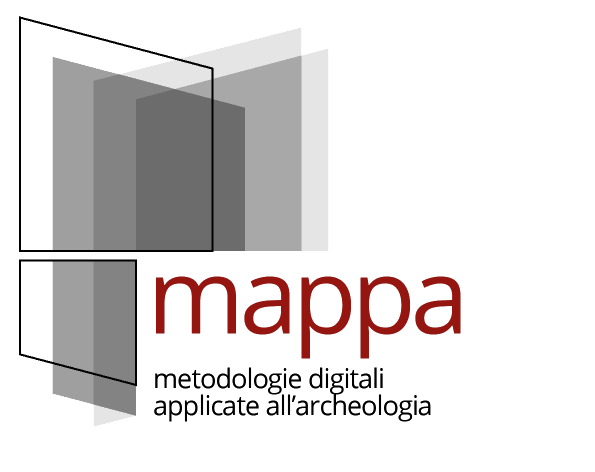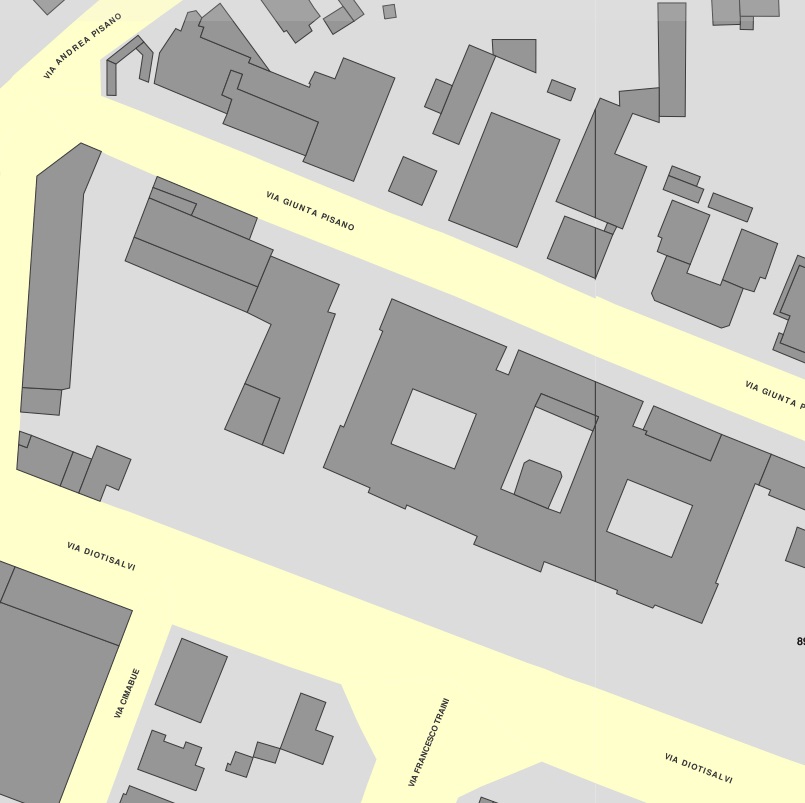
As part of the project for constructing the new educational buildings dedicated to the first degree of Engineering, MAPPALab carried out the preparatory studies to plan the final architectural project. The study was written using archaeological data from archives and bibliography, preliminary shovel tests, and geognostic surveys. The laboratory staff will also support the construction management in the executive phase.
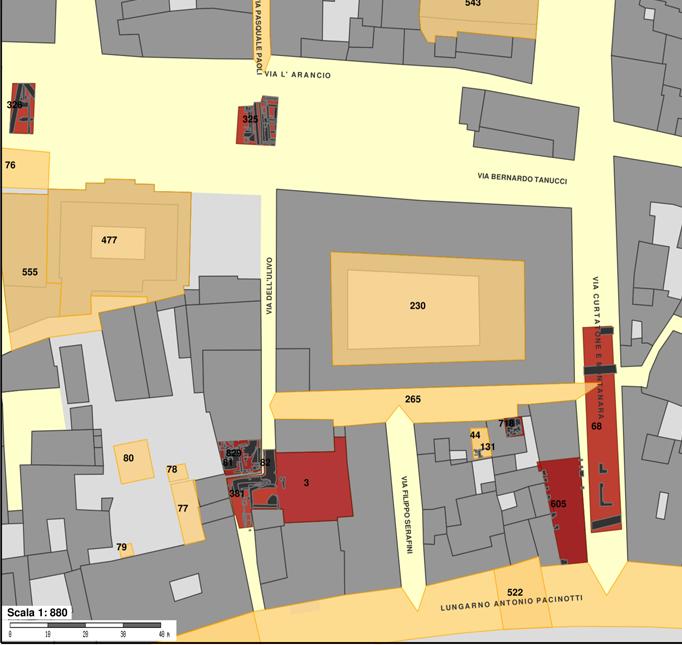
La Sapienza
As part of the great project of Arrangement, Consolidation and Reorganization of the Palazzo “La Sapienza” in Pisa, the MAPPA Laboratory was responsible for the drafting of the archaological impact assessment (VIArch). The building of “La Sapienza”, located in the historic center of Pisa, was built during the Renaissance period on the site of the fourteenth-century square “Piazza del Grano”. The area was already known for the high archaeological potential ranging from the Etruscan to the post-medieval age.
From the methodological point of view, the evaluation is based on the predictive mathematical model developed by the MAPPA laboratory, aimed at predicting the informative potential of stratigraphic deposits in the various parts of the city of Pisa and its suburban area.
The laboratory has also provided the documents useful for the definition of the public tender procedure and carry out the role of “Direction of the Archaeological Operations in Assistance to Works Management” throughout the preliminary archaeological analysis.
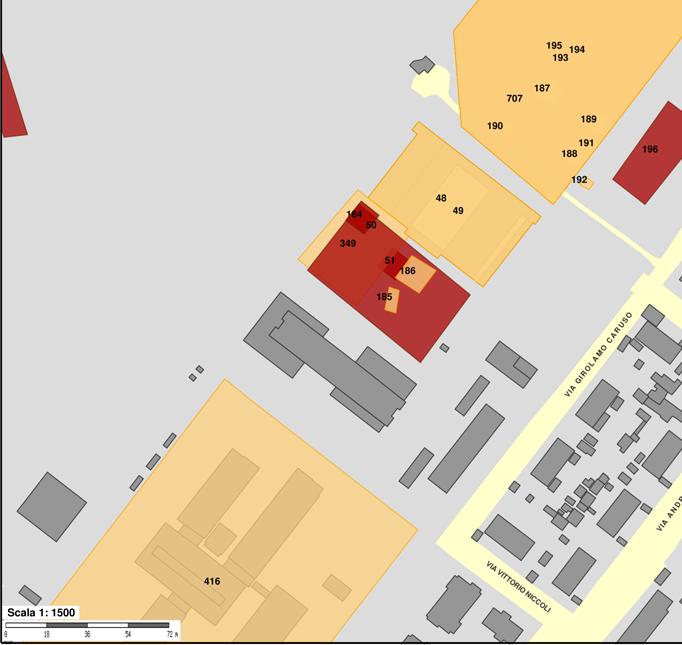
Department of Engineering – Scheibler area
As part of the preliminary design of the new Engineering University Pole, the MAPPA laboratory has carried out the Archaeological impact assessment (VIARCH) and is carrying on the preliminary project for the whole excavation of the area. The area where the new buildings will rise has been investigated partially since ’90 and in the first year of the XXI century. Material traces report a high archaeological potential ranging from the Etruscan to the post-medieval age. From the methodological point of view, the evaluation is based on the predictive mathematical model developed by the MAPPA laboratory to predict the informative potential of stratigraphic deposits in the various parts of the city of Pisa and its suburban area. The data processing has led to an evaluation of the object area’s archaeological potential and the creation of an archaeological risk map commensurate with the construction work. Finally, the stratigraphic readings of some field tests and a core drilling were added to these evaluations.
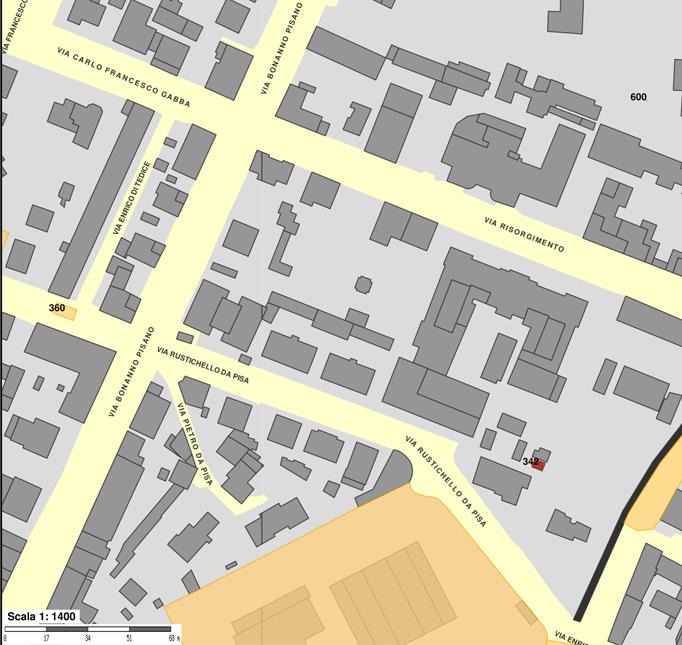
Former Department of Chemistry and Industrial Chemistry, via Risorgimento 35 – Pisa
The MAPPA lab carried out the Preventive evaluation of Archaeological Interest (VIARCH-Verifica di Interesse Archeologico preventivo ) as part of the broader project for the redevelopment of the area occupied by the former Department of Chemistry and Industrial Chemistry. The VIARCH was implemented by gathering the historical-archaeological documentation, making use of the predictive mathematical model (MAPPAGIS), and by analysing a series of exploratory drilling. The laboratory also supported the Construction Department of the University of Pisa for the analysis of the environmental risk in the area, planning the archaeological investigations, providing the documents useful for the preparation of the tender and coordinating the operations. In November 2019, in coordination with the Departments of Geology and Chemistry, six explorative trenches were excavated (2x1m in width and -1m in depth) allowing for the sampling necessary to carry out environmental analyses.
